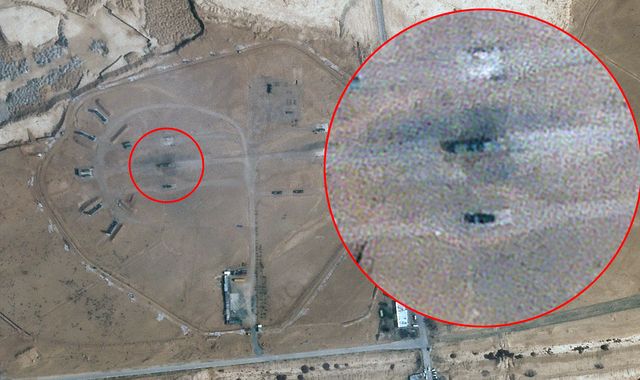On Air Now
The Radio X Indie Night 7pm - 11pm
23 April 2024, 11:58 | Updated: 23 April 2024, 15:24

An air defence radar was struck during the Israeli strike on Iran last week, new satellite photos suggest.
Tehran has played down the impact of Israel's attack near a major military airbase and a nuclear site in the central city of Isfahan.
It followed Iran's unprecedented missile and drone assault on Israel earlier this month, as tensions between the two countries escalated amid the war in Gaza.
Satellite pictures taken on Monday appear to show the Israeli strike hit a radar for an S-300 missile system.
The pictures by Planet Labs PBC show burn marks around an area near Isfahan's dual-use airport and airbase that analysts previously identified as a "flap-lid" radar system used for the S-300.
The S-300 is a Russian-made surface-to-air missile system designed to defend against air raids and cruise missiles.
Iranian officials, including Supreme Leader Ayatollah Ali Khamenei, have sought to dismiss any impact Israel's attack had on Iranian soil.
However, if confirmed, the hit on the radar system would represent far more damage done to Iran than the country inflicted on Israel in the massive drone and missile attack on 13 April.
Read more:
Israeli intelligence chief quits over 7 October attack
Key moments in the Middle East last week
"This strike shows Israel has the ability to penetrate Iran's air defence systems," said Nicole Grajewski, a fellow at the Carnegie Endowment think tank's nuclear policy programme. "The precision of it was quite remarkable."
Chris Biggers, a consultant and former government imagery analyst, said it was a "powerful statement" given the system and location.
(c) Sky News 2024: Iranian air defence radar was struck in Israeli attack, satellite photos suggest